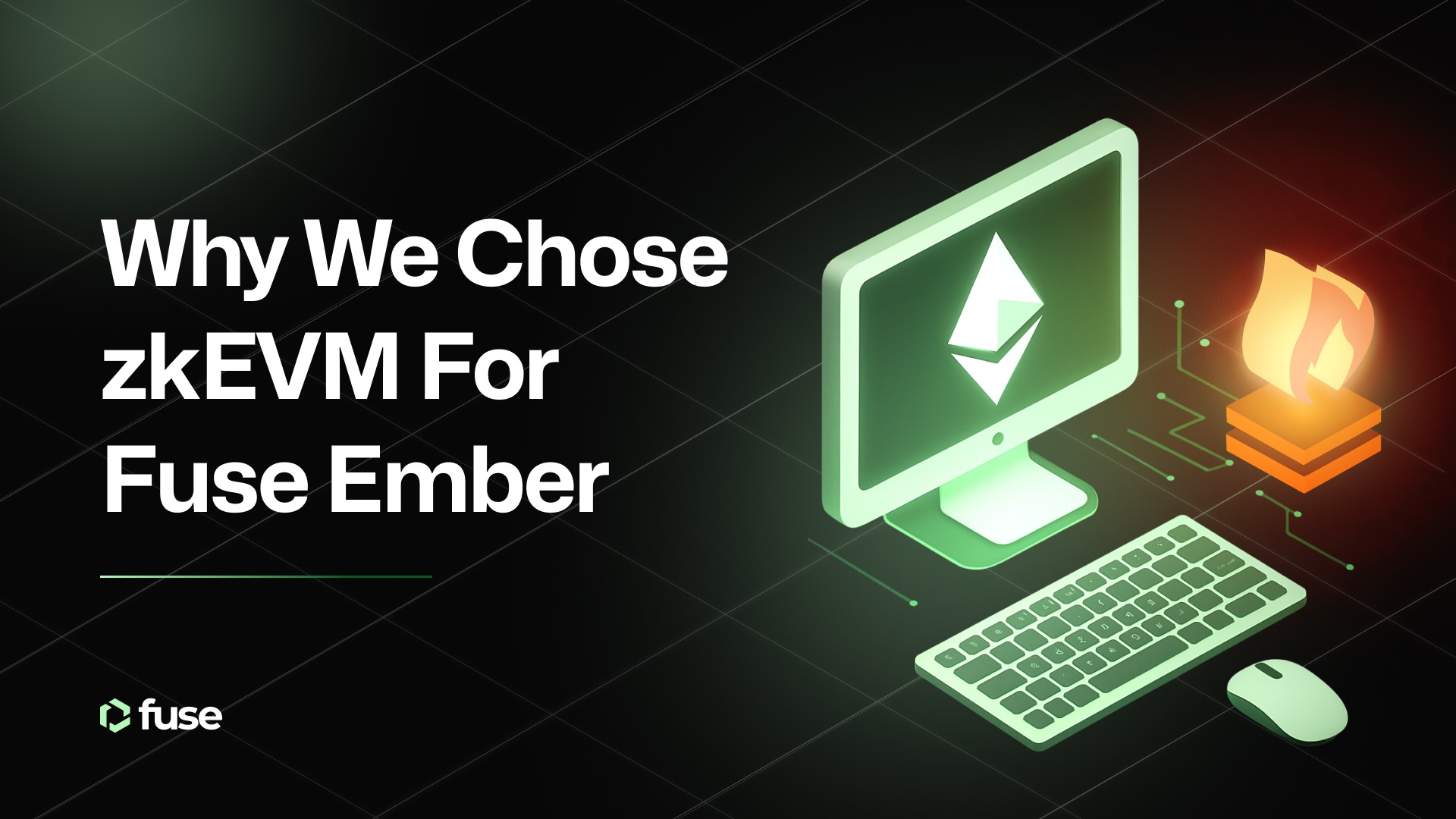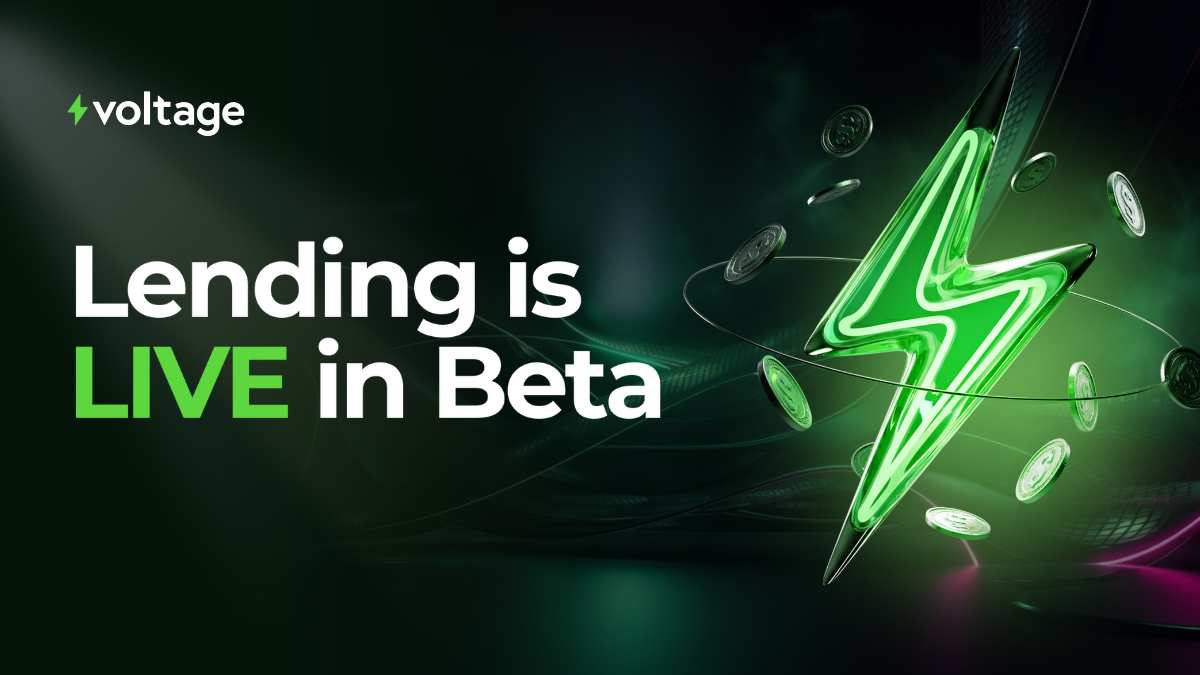Embedded finance integrates financial services or products into non-financial platforms, applications, or experiences. It allows businesses that are not traditional financial institutions to offer financial tools and services to their customers.
Despite the term not being globally known, it is a familiar concept to most, as non-banks have offered financial services through private-label credit cards for decades. Just think about branded store cards as one example.
Embedded finance involves placing financial products within non-financial customer experiences, journeys, or platforms. For example, an e-commerce merchant might offer insurance services, a coffee shop app could provide one-click payments, or a department store might have a branded credit card.
Embedded finance represents a shift in the financial services landscape by allowing non-financial companies to offer financial products and services, leveraging digital platforms and customer relationships to create new revenue streams and enhance customer experiences.
This article will dive into embedded finance in more detail and outline how it’s evolving in the cryptocurrency and blockchain industry to offer small to medium merchants and businesses the same powers as large corporations.
- What Is Embedded Finance?
- What Is Embedded Finance In Crypto?
- Which Businesses Benefit From Embedded Finance?
- Real-World Examples of Embedded Finance
- Embedded Finance Is A Multi-Trillion-Dollar Market
- How To Offer Embedded Finance Products And Services
- How Can Fuse Can Help Businesses Offer Embedded Finance?
- What Is The Future Of Embedded Finance?
What Is Embedded Finance?
Embedded finance relies on two sets of providers: technology providers (often fintech companies) that offer platforms for distributors to access and customize financial products, and the distributors themselves, who own the customer relationship and act as the intermediary between customers and financial services.
One key aspect of embedded finance is the potential for revenue generation. While not all players benefit equally, revenue primarily accrues to risk-takers and distributors with direct customer relationships. According to McKinsey research, most revenues from embedded-finance lending products go to the distributors.
The embedded-finance market is still evolving, and new entrants have ample opportunity. The market is expected to grow over the next three to five years, presenting significant growth potential.
What is Embedded Finance in Crypto?
Embedded finance in the crypto context refers to integrating financial technology into everyday products and services within the cryptocurrency ecosystem. It enables the seamless provision of financial services and products, such as payments, transactions, micro-lending, and mortgages, within crypto platforms or applications.
The concept in crypto is closely tied to the rise of decentralized finance (DeFi) and blockchain technology. DeFi has opened up new possibilities for financial innovation, allowing consumers to access a global financial ecosystem with permissionless and decentralized solutions. This ecosystem includes various cryptocurrencies and decentralized applications (dApps) that offer a wide range of financial products and services.
By leveraging embedded finance in crypto, consumers gain convenient access to many financial products, including different cryptocurrencies and DeFi protocols. This integration enables users to seamlessly interact with these financial services within the crypto ecosystem without needing traditional financial intermediaries.
Furthermore, embedded finance in crypto plays a role in driving mainstream adoption of cryptocurrencies. It allows businesses and platforms to tap into broader markets by providing accessible and affordable financial services to a broader audience. This accessibility can help bridge the gap between traditional financial systems and the decentralized crypto space.
Businesses and merchants integrating a Web3 Wallet into existing iOS and Android apps is currently the most common integration of embedded finance utilizing cryptocurrency.
Which Businesses Benefit from Embedded Finance?
The types of businesses well positioned to offer embedded finance include various categories that have witnessed significant activity and innovation in this field. These categories encompass:
- Retailers: Retailers can integrate financial tools or services into their operations, such as offering store credit cards, installment payment options, or point-of-sale financing.
- Business-software firms: Companies that provide business software solutions can embed financial services within their platforms, enabling businesses to access financial tools seamlessly, such as invoicing, payment processing, or cash flow management.
- Online marketplaces can incorporate embedded finance by facilitating payment processing, escrow services, or offering working capital loans to their sellers.
- Platforms: Various platforms, including e-commerce platforms, ride-sharing apps, or food delivery platforms, can integrate financial services to provide users with payment solutions, insurance options, or loyalty programs.
- Telecom companies: Telecommunication companies can leverage embedded finance by offering mobile payment solutions and wallets or facilitating digital remittances.
- Original Equipment Manufacturers (OEMs): OEMs, such as manufacturers of consumer electronics or automobiles, can embed financial services into their products or platforms, such as providing financing options for purchases or offering connected car insurance.
These businesses have been actively exploring and implementing embedded finance strategies, utilizing digital platforms and customer relationships to enhance their offerings and revenue streams. By integrating financial services into their core operations, they can provide added value to their customers and create a more seamless and convenient experience.
In the Fuse ecosystem, UK-based project Peepl integrated Web3 payments and rewards using their own token economy. By integrating a Web3 wallet into their app, local food delivery service users in Liverpool can pay in crypto and receive rewards for each order that can be spent with the merchant, staked for rewards, or used elsewhere.
Real-World Examples
Embedded finance encompasses various financial products and services businesses can offer. Here’s a summary of each type:
- Embedded banking: Non-financial companies partner with banks to provide branded checking accounts and associated debit cards, offering faster access to funds and platform-specific perks.
- Embedded payments: Enables seamless and convenient payments by saving payment methods for future use. This eliminates the need for entering card details, and merchants can offer payment options beyond credit cards, such as direct bank account payments.
- Branded payment cards: Businesses can offer branded credit cards, including in the B2B space, providing employees with dedicated business credit cards for expenses. Fintech platforms facilitate the process, making it faster and easier and offering greater credit access.
- Embedded lending: Allows businesses to offer favorable loan options at the point of sale, such as “buy now, pay later” solutions. Consumers can pay for installments over a predetermined period with no interest.
- Embedded insurance: Available at the point of purchase, embedded insurance options are integrated into the checkout flow. This can include singular policies underwritten by the company, multiple policy options from various insurers, or extended warranties.
These types of solutions enhance user experiences, boost loyalty, and offer more convenience and flexibility to customers during their transactions.
A Multi-Trillion-Dollar Market
Embedded finance offers significant benefits to both fintech companies and consumers. It provides consumers convenient options and potential savings, such as zero-interest point-of-sale loans and rewards for using a brand’s e-commerce app.
Studies indicate consumers are receptive to adopting embedded financial services if they perceive personal benefits. For example, many millennials express interest in opening a checking account with companies like Amazon, Starbucks, Uber, Facebook, or Google.
The market for embedded finance is experiencing significant growth, and startups offering embedded finance products are gaining traction. These startups have seen substantial increases in venture capital investment, with investments in embedded finance tripling in 2021 compared to the previous year.
The potential value of the embedded finance market is projected to exceed $7 trillion by 2030, surpassing the combined value of all fintech startups and the top 30 banks.

How To Offer Embedded Finance Products & Services
The embedded finance revolution has introduced a more efficient and cost-effective approach for non-financial companies to offer financial products and services. Previously, companies had limited options for building or acquiring financial capabilities, which were expensive and time-consuming. However, partnerships have become the preferred route with embedded finance providers.
Providers establish partnerships with 3rd party services and develop APIs to enable companies to integrate banking and Web3 payment services quickly. Non-financial companies can partner with these providers to access solutions within weeks or months instead of years to build such capabilities internally or through acquisition. This partnership model is faster and more affordable than acquiring an entire financial services company.
Fuse, a third-party, Web3 payments embedded finance provider, plays a significant role in this ecosystem. Companies like Bitazza and Peepl rely on Fuse to securely access financial data, including balances and transactions, which is essential for creating and funding new accounts and developing embedded finance products. Fuse acts as a bridge, providing user-permission financial data to these companies and transforming it into innovative embedded finance offerings.
When non-financial companies seek to incorporate financial services such as checking accounts, lending, or insurance, partnering with a provider like Fuse is often more accessible and efficient. It allows companies to leverage existing infrastructure and expertise while providing a faster time to market for new financial offerings.
How Does Fuse Help Businesses?
Fuse can help businesses offer embedded finance by providing a vertically integrated tech stack for mobile payments on-chain. Utilizing our powerful wallet SDK, brands and merchants can quickly integrate financial services into their current applications. Here are some ways Fuse can assist businesses in implementing embedded finance solutions:
- Enhanced trust and security: Fuse Network Blockchain utilizes blockchain technology, enabling trust establishment through features like smart contracts. Smart contracts can automate and enforce the terms of agreements in real-time, ensuring transparency and reducing the need for intermediaries. This enhances security and minimizes the risk of fraud, benefiting businesses and their customers.
- Efficient payment processing: Blockchain technology, as implemented by Fuse Network, enables near-instantaneous processing of payments. By leveraging the decentralized nature of blockchain, businesses can facilitate peer-to-peer transactions quickly and securely, eliminating the need for traditional intermediaries and reducing transaction costs.
- Seamless integration: Fuse Network offers a comprehensive tech stack for mobile payments on-chain. This integration allows businesses to easily incorporate blockchain-based payment solutions into their existing platforms or applications, enabling a seamless user experience for customers.
- Rewarding customer loyalty: Fuse Network’s blockchain-based infrastructure can support implementing loyalty rewards programs using tokens and NFTs. By utilizing blockchain technology, businesses can create transparent and immutable loyalty reward systems that enhance customer engagement, retention, and overall customer experience.
- Expansion of customer base: By adopting embedded finance solutions built on Fuse, businesses can tap into the growing base of blockchain enthusiasts and users. This can attract new customers interested in blockchain-based financial services, leading to business growth and development.
Fuse Network provides businesses with the tools and infrastructure to offer embedded finance solutions. Through enhanced trust, efficient payment processing, seamless integration, loyalty rewards programs, and access to a blockchain-focused customer base, Fuse Network can empower businesses to leverage the benefits of blockchain technology in their financial offerings.
What Is The Future Of Embedded Finance?
The future of embedded finance is bright and poised for substantial growth. It is expected to continue its trajectory as a transformative force in the financial services industry. Moreover, embedded Web3 finance is growing in stature and commanding attention from merchants globally as they seek ways to reduce costs and raise revenues.
Embedded finance has demonstrated rapid revenue growth, generating $20 billion in revenues in the United States in 2021, indicating the increasing value customers place on the integrated experience it offers. The market for embedded finance is expected to expand exponentially, with projections suggesting it could double in size within the next three to five years.
Additionally, financial services embedded into e-commerce and software platforms are predicted to exceed $7 trillion by 2026, highlighting significant market opportunities. As embedded finance becomes increasingly mainstream, it is seen as the future of financial services, with a potential market value estimated to reach over $138 billion by 2026.
This evolution will be driven by ongoing innovation and competition among businesses, fintech, and financial institutions, which will differentiate themselves through product breadth, depth, and ancillary program management services. Companies must build technological expertise, establish strong relationships, and adapt to evolving customer needs. Furthermore, embedded finance is expected to expand into niche markets, offering specialized financial offerings within specific industries or customer segments.
.svg)
.svg)











